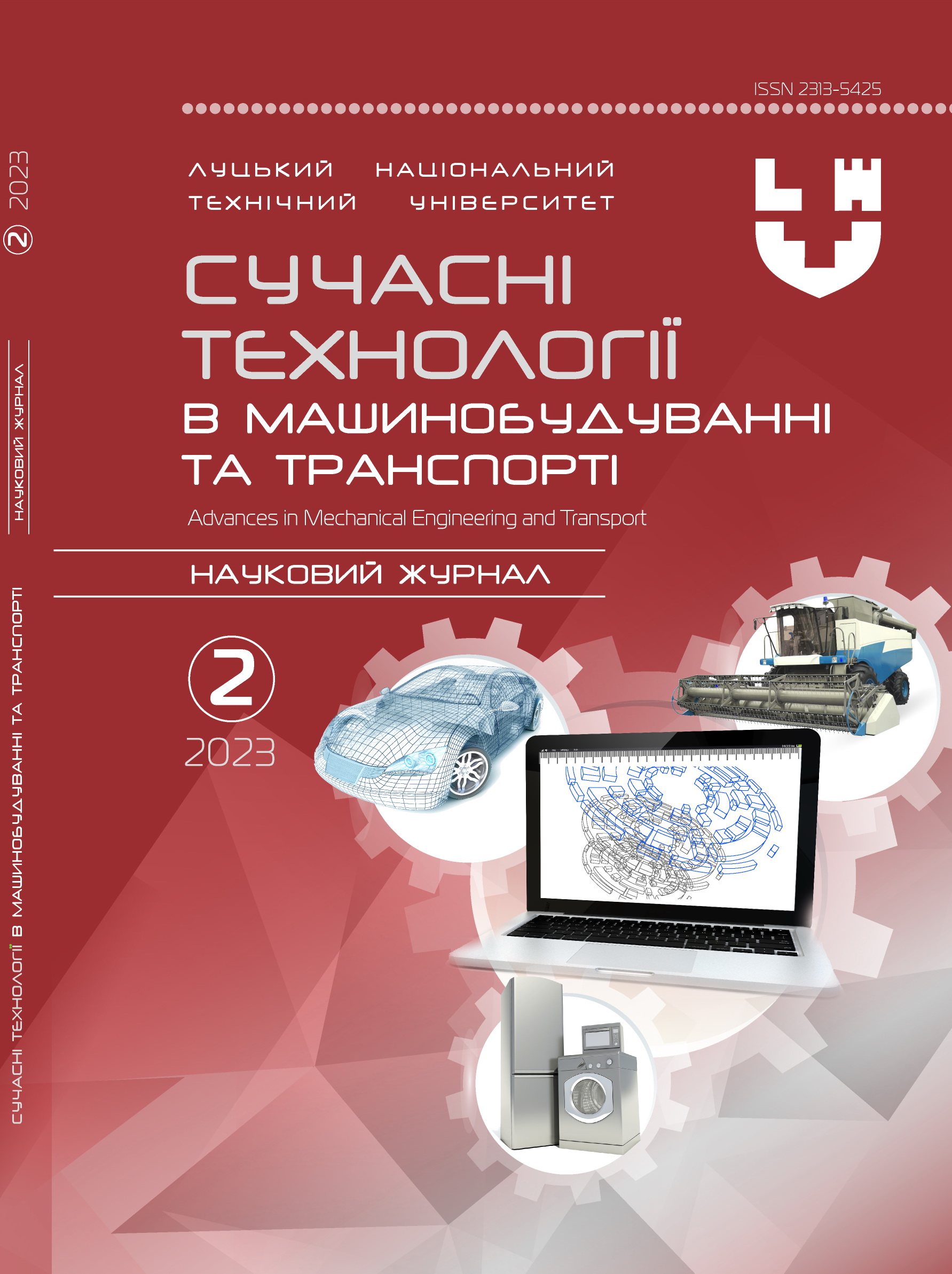Algorithm for a simulation model for the selection of a rational type of vans on technological routes of the transport and recycling system for recycling of a metallurgical enterprise
Abstract
The article presents an algorithm of the simulation model for selecting the rational type of trucks on the technological routes of the transport and production system of waste transportation in the conditions of a metallurgical enterprise. The study was conducted on the basis of formalized models and queuing systems theory. In the simulation, a discrete-event model of a closed queuing system was chosen as the basic model. In this model, cars are represented as requests that go through the following phases of service: loading at the temporary waste storage dump; movement to the unloading point (crushing and sorting complex); unloading raw materials to the crushing and sorting complex; returning to the loading point along the same route; servicing of vehicle breakdowns. The following data were used to build the simulation model through statistical studies of the transportation process on technological routes: vehicle loading time, vehicle unloading time, and time determined by the duration of vehicle failure. When constructing the algorithm of the simulation model, the duration of one experiment and the number of simulation experiments were determined using the methods of mathematical statistics and the theory of experiment planning. The modeling process begins with the input of the following initial data: the number of vehicle units, the average vehicle travel time, the current amount of raw materials in the crushing and sorting complex, the vehicle carrying capacity, the intensity of raw material supply to the crushing and sorting complex, the vehicle unloading time, the intensity of minor vehicle breakdowns, and the intensity of vehicle repair. The algorithm is built in accordance with the principles of special states and meets the requirements for discrete-event models. As a result of the algorithm development, it will be possible to determine the required number (types) of vehicles necessary to ensure the smooth functioning of this transport and production system, to determine the idle time coefficient and the coefficient of time losses due to technological delays of vehicles.
Key words: modeling, simulation model, dump truck, carrying capacity, metallurgical slag, crushing and screening equipment.




